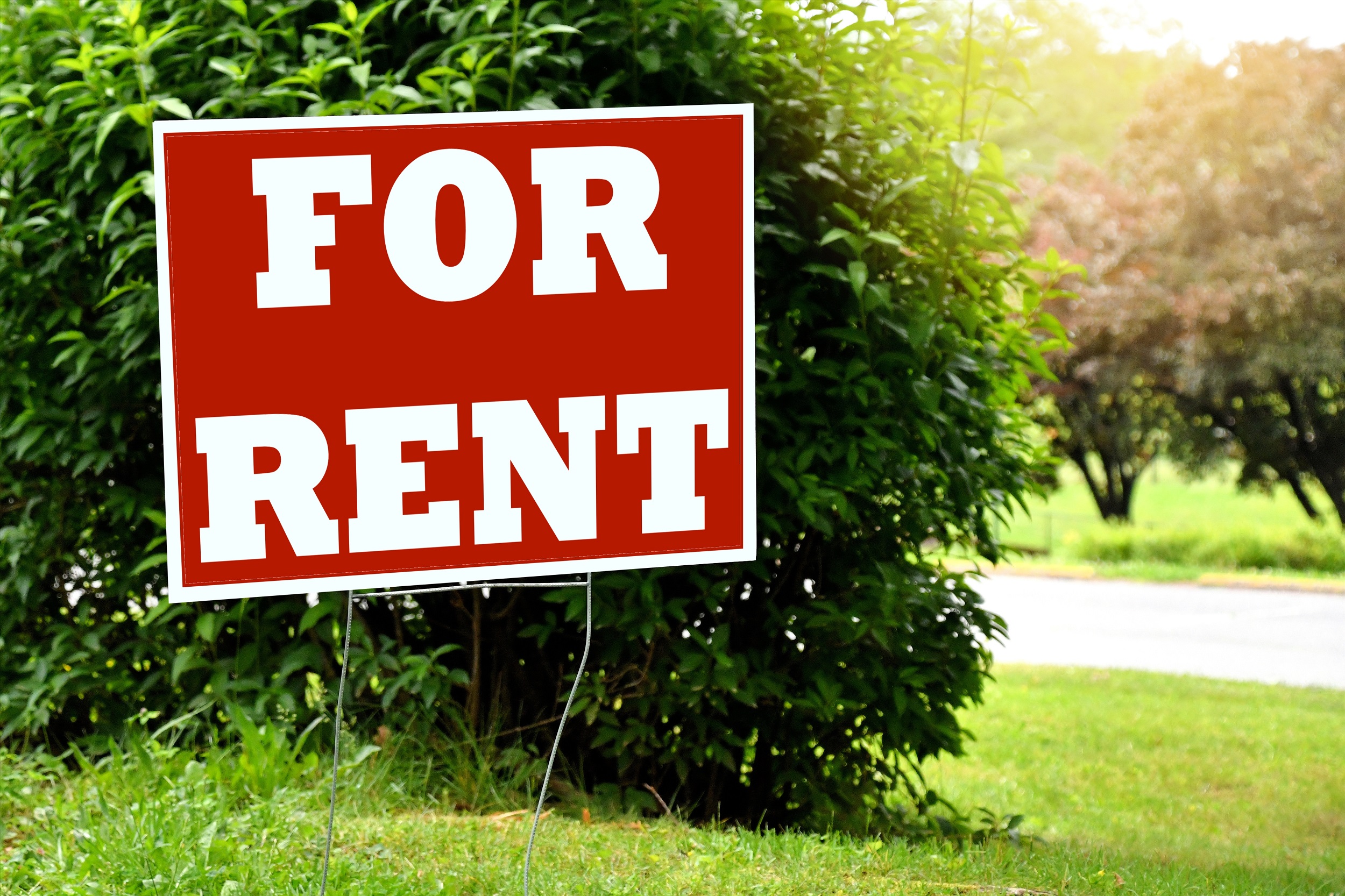TUSCALOOSA, Ala. — The average cost to rent housing across the country continues to become more expensive, but the price increases are slowing, according to a monthly rent index compiled by three colleges including The University of Alabama.
The average rent increased by less than a third of a percentage point, 0.3%, in February compared to January, according to the Waller, Weeks and Johnson Rental Index that covers the entire stock of homes and apartments across 100 metro areas in the United States.
The current month-over-month increase extrapolated to an annual basis would be 3.7% compared to the actual year-over-year increase of 6.31%, suggesting rents are growing at a slower rate.
“It seems clear that the rental crisis is declining in many parts of the country,” said Dr. Bennie Waller, in the UA Culverhouse College of Business and a research associate in the Alabama Center for Real Estate at UA. “It is one thing for rents to slow, but another for rents to decline. I don’t think we will see rents returning to 2019 levels anywhere anytime soon, so affordability will be an issue until incomes rise closer to monthly rents.”
The monthly report is a joint effort of ACRE, Florida Atlantic University Real Estate Initiative and Florida Gulf Coast University’s Lucas Institute for Real Estate Development & Finance.
Researchers at all three institutions agree that while things are looking up with the national rental crisis, several rough months remain ahead for many parts of the country.
“This national trend is encouraging, but it remains clear that rental relief is happening at a slower rate, particularly in Sun Belt states,” said Dr. Ken H. Johnson, an economist in FAU’s College of Business.
In February, 79 of the nation’s 100 largest metropolitan areas saw rent increases, with the remaining markets showing only slight declines. Only 1 of the top 100 markets, Cleveland, Ohio, had a decrease of 1% or more from the previous month.
Cleveland had the greatest decline at 1.03%, while Poughkeepsie, New York, had the greatest increase at 1.44%.
The monthly study relies on leasing data from Zillow’s Observed Rental Index for raw data to determine existing rents and statistically model historical trends from 2014.
Using the long-term trend model, the average rent in the U.S. should have been $1,873 in February, but the actual average was $1,976, indicating a rent premium of 5.49%. A premium is the amount above the long-term leasing trend that renters must pay. Rents typically increase only 3 to 5 percent a year.
Many of the top 10 premiums are showing up in large, warm-weather markets like Florida with the fourth biggest premium as well as Texas, North Carolina and South Carolina, which are all tied for the largest rent premium.
Florida, particularly, still has supply constraints caused by Hurricane Ian in the Fort Myers area, said Dr. Shelton Weeks, the Lucas Professor of Real Estate at Florida Gulf Coast.
“These constraints appear to be persistent and will be problematic for months to come resulting in continued over-priced rents for the area for months to come,” Weeks said. “Recovery is slow in Southwest Florida and is going to take time.”
In Alabama, the monthly change in rents in metro markets in February ranged from a decrease of 1.05% in Florence to an increase of 6.63% in Anniston. Birmingham, Huntsville and Mobile saw increases of 0.18%, 0.03%, and 2.17%, respectively. Dothan and Tuscaloosa rents are discounted by 2.43% and 2.32% respectively relative to their long-term trend predictions, while Decatur and Florence rents are at 8.93% and 14.70% premiums.
Contact
Adam Jones, UA communications, 205-348-4328, adam.jones@ua.edu
Source
Dr. Bennie Waller, instructor of finance, bdwaller@culverhouse.ua.edu
